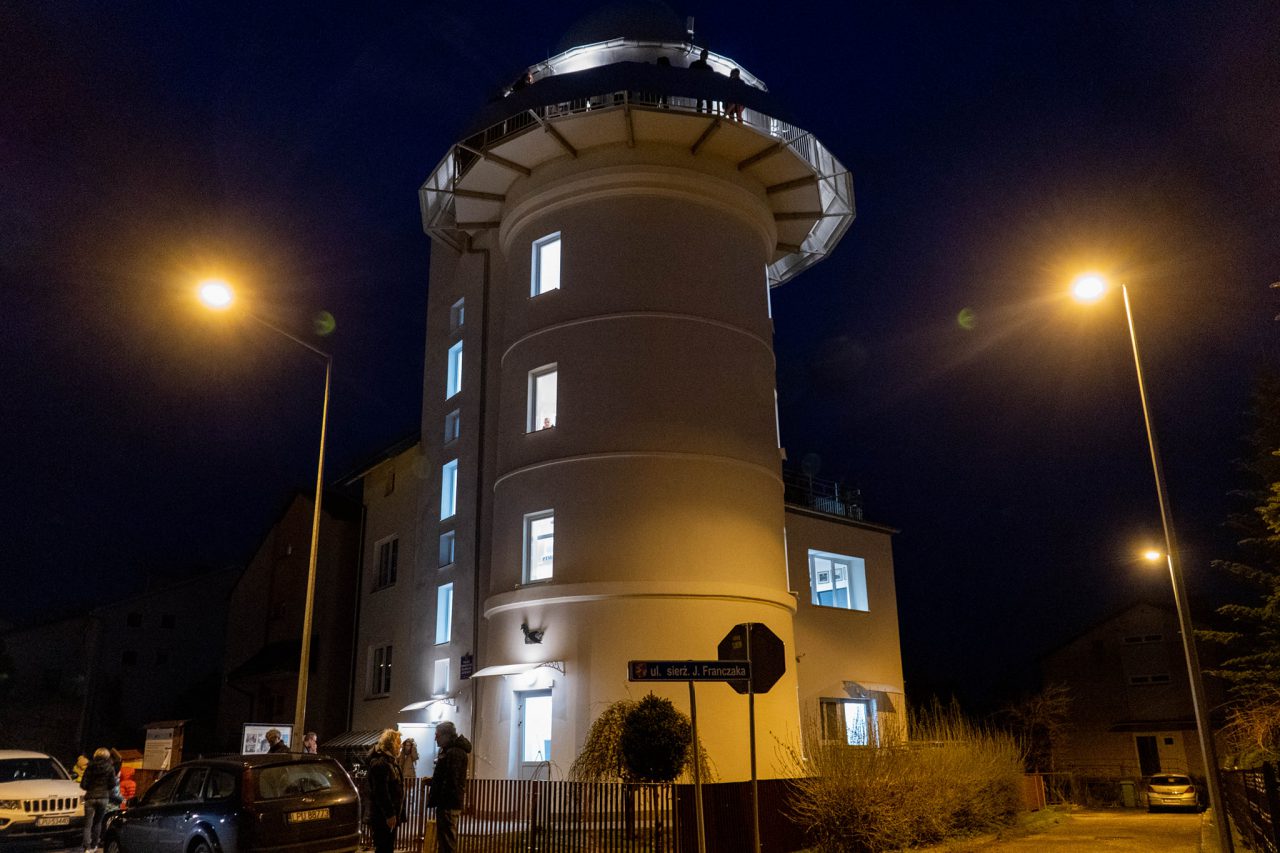A dark spot on the planet Neptune has been spotted by a ground-based telescope. This is the first case of its kind – so far we have only been able to see the details of the solar system’s most distant planet from space. And this isn’t the only recent study shedding light on this distant, frozen world.
Observations of Neptune, the farthest “complete” planet in the solar system, are not easy – given the great distance from Earth and the sun, observing the details on the surface of the ice giant requires precise measuring equipment. Only now have scientists been able to observe a dark spot in its atmosphere for the first time using a ground-based telescope.
Stain spectrum
An international team of researchers used the Very Large Telescope (VLT) at Paranal Observatory in Chile, part of the European Southern Observatory (ESO), to observe Neptune. Their target was a dark spot first spotted by the Hubble Space Telescope in 2018. These structures cease to exist after some time, which is why they are so difficult to study. For the first time this phenomenon was immortalized by the Voyager 2 probe, but the spot disappeared after a few years.
The researchers decided to analyze the spot with a MUSE spectrometer. Thanks to him, it was possible to separate sunlight reflecting off Neptune and its sunspots into component colors corresponding to different wavelengths of light, thus obtaining a spectrum that allowed scientists to carefully analyze sunspots.
– This is an amazing increase in humanity’s ability to observe the universe. At first, we could only detect these spots by sending space probes like Voyager. Then we got the ability to do it remotely with the Hubble Space Telescope. Michael Wong, a co-author of the study from the University of California, Berkeley, said that eventually technology has advanced enough that we can do this from the surface of the Earth. “This could end my career as a Hubble observer,” he joked.
Neptune through the lens of the MUSE instrumentiso/r. According to Irwin et al.
Clouds on Neptune
Using the spectrum from MUSE, the scientists were able to determine the height of the spot more precisely. Moreover, an amazing result was also obtained: it turned out that next to the dark spot there was also a bright spot. This is an extremely rare type of cloud, immortalized for the first time in observational history – it hasn’t even been observed from space.
Neptune is also a NASA research target. In August, astronomers described a link between the changing abundance of clouds in the ice giant’s atmosphere and the sun’s activity cycle. When the sun is most active, its ultraviolet radiation bathes the planets in intensity. As the researchers note, after the peak of the solar cycle, more clouds appear on Neptune.
This relationship is surprising to planetary scientists because Neptune receives only 0.1% of the sunlight that reaches Earth and is so far from the Sun. Perhaps for this reason, the formation of the cloud is slightly delayed compared to the maximum activity of our star – it appears two years later.
Changes in cloud cover on NeptuneNASA/ESA/Irandi Chavez/Emke De Pater
Main image source: iso/r. According to Irwin et al.

Echo Richards embodies a personality that is a delightful contradiction: a humble musicaholic who never brags about her expansive knowledge of both classic and contemporary tunes. Infuriatingly modest, one would never know from a mere conversation how deeply entrenched she is in the world of music. This passion seamlessly translates into her problem-solving skills, with Echo often drawing inspiration from melodies and rhythms. A voracious reader, she dives deep into literature, using stories to influence her own hardcore writing. Her spirited advocacy for alcohol isn’t about mere indulgence, but about celebrating life’s poignant moments.







